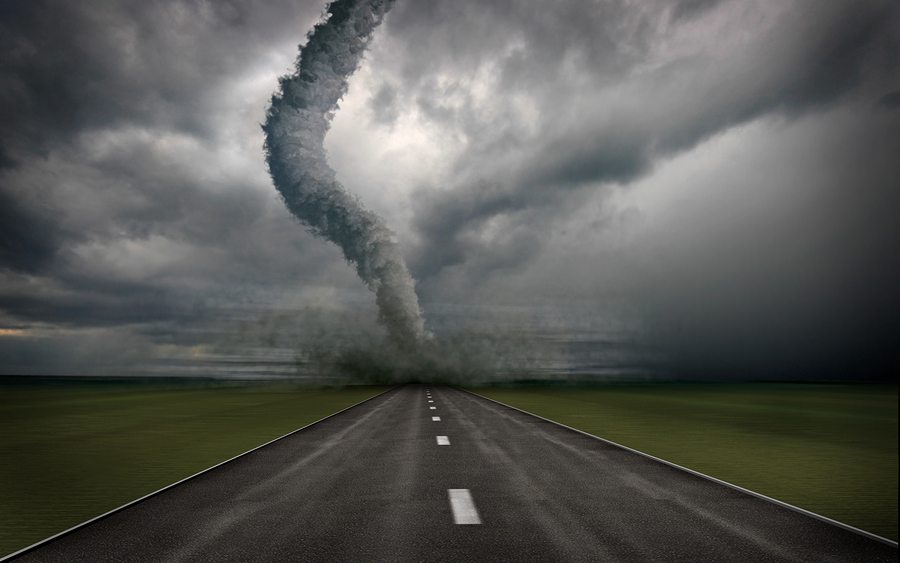
Of events with negative financial and commercial impacts, natural disasters such as floods, hurricanes, tornadoes and earthquakes are at the top of the list. In 1907, a massive earthquake in San Francisco touched off a financial panic that nearly turned into a full-scale depression. Hurricane Katrina in 2005 cost an astounding $125 billion dollars in damages. The hurricane shut down nine oil refineries and another thirty oil drilling platforms.
Obviously, natural disasters can wreak havoc on all industries, not just oil and fishing. Small and large businesses are equally afraid of the effects a natural disaster will have upon their balance sheets. The inability to quickly recover from a disaster means certain death for the business. This is why having a disaster recovery plan is so important. The proper plan can help business owners get their operations back on track without permanent losses.
Needs Assessment
To formulate a disaster recovery plan, the business needs to first assess their needs. A qualified insurance agent can go over the books alongside the business owner and clearly state what requires coverage, such as loss of income, continuing operating expenses, or miscellaneous expenses after disaster strikes.
Document Organization
Organization is one of the most critical components to surviving a disaster intact. The right documents all gathered together and secured properly will save hundreds of hours later. Depending on the nature of the business and/or what industry it operates in, off-site backup of critical files may be called for.
Commonly, insurance companies will insure the basic constituents of a business, such as business income. Business interruption insurance will replace lost income as a result of the business being closed for whatever reason as the result of a disaster. This is why having documents organized properly is so important. The claims adjuster would need precise, detailed records of income and expenses in order to properly determine what the profits would have been had the business not closed due to disaster.
While it is next to impossible to determine what the document list should be for all businesses, here are some general documents to keep backups for:
insurance policy contracts
information on all of the bank accounts associated with the business
- leases
- income tax return forms for the last three years
- sales records
- inventory lists
It is also wise to make a list of all of the important people the business would have to contact in the event of disaster. This list includes bankers, landlords, accountants, creditors, employees, customers, etc.
Evacuation Plans
Preparing an evacuation plan will aid the business executives and employees by telling them exactly how to proceed during an emergency. When forming the evacuation plan, the business must make sure that all employees have designated assigned roles that they will follow; this will help organize their efforts and keep things under control.
When the Worst Happens
After a disaster occurs, it is important to carefully document the damage extensively. The business must inform their insurance company immediately that a disaster has occurred and that they have incurred damages and/or losses as a result. The business owners are responsible for the safety and well-being of all of their employees before, during and after the disaster. If the building where the business has been located has been damaged, get the building inspected.
The business owners must survey the damage carefully. Photograph and videotape all damaged areas everywhere, whether inside or outside the building. If necessary, they can make initial repairs to prevent even greater damage, such as boarding up windows and holes in the ceilings and walls. Once the adjuster and local authorities approve the claims application, than repair work can begin.


